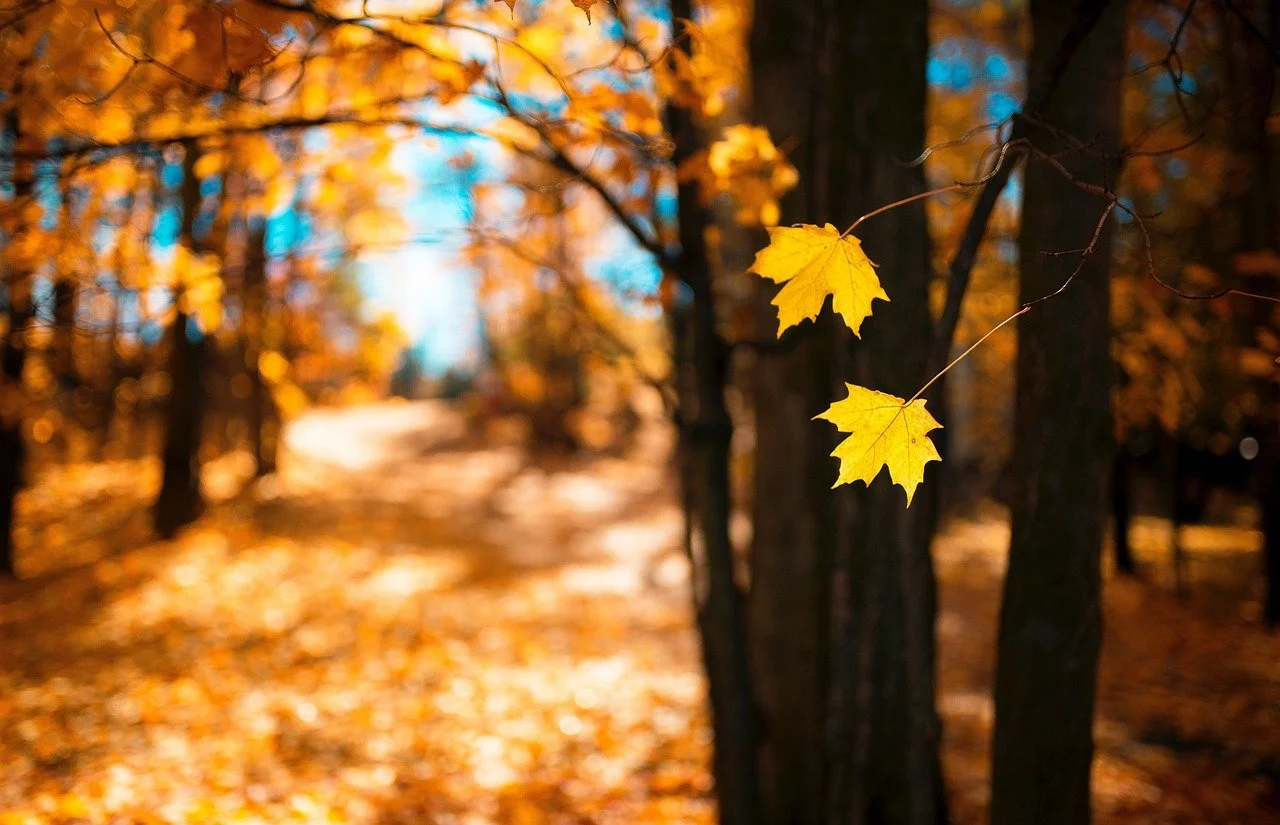Are You in a SAD Trance?
As the days shorten and sunlight fades, many of us notice a dip in mood and energy. The common narrative tells us this must be Seasonal Affective Disorder — SAD for short. It sounds scientific, medical, and therefore unquestionable. But let’s pause for a moment and ask: could we, without realising it, be caught in a SAD trance?
The Power of Words and Belief
Language shapes experience. When we repeatedly tell ourselves, “I have SAD,” it begins to solidify as a belief. As the saying goes, “What the thinker thinks, the prover proves.” Our subconscious mind takes us at our word. And in this case, the acronym itself — SAD — could hardly be more suggestive. “I feel SAD” isn’t just a description; it’s a powerful self-suggestion that reinforces the very experience we wish to ease.
Over time, these thoughts and words intertwine, creating a feedback loop: the more we label our state as SAD, the more the feeling of sadness becomes real, expected, and even inevitable.
When Language Pathologises Natural Rhythms
The term Seasonal Affective Disorder sounds clinical, and that gives it weight. Yet built into that name is the idea of something being disordered — out of order. But what if the opposite is true? What if our minds and bodies are actually responding in order with nature’s rhythms?
Consider how trees shed their leaves when daylight wanes, conserving energy for renewal. Do we think of the tree as “disordered” for doing so? Or how animals naturally slow down or hibernate when sunlight and warmth recede — are they “suffering a condition,” or simply adapting intelligently to their environment?
The Real Question: Who Decided Constant Energy Is “Normal”?
Perhaps the real disorder lies not within us, but in the societal expectation that our energy, motivation, and output should remain constant all year round. Modern life rarely makes room for fluctuation — yet nature depends on it. Every cycle of rest and renewal, dark and light, is essential to growth.
So, rather than diagnosing ourselves for feeling a little slower or more introspective in winter, perhaps we could view these changes as part of a deeply intelligent system responding to reduced sunlight and warmth — an invitation to rest, restore, and reset.
From Resistance to Acceptance
None of this is to discount how real and challenging low mood can feel for many people. It’s simply to invite a gentler perspective — one that recognises that much of our suffering stems not from the feeling itself, but from our resistance to it.
If we could accept that ebb and flow are natural — that we, too, are part of nature — we might find more ease. Acceptance doesn’t mean resignation; it means making peace with what is, rather than fighting what’s entirely human.
Reframing the Seasons of the Mind
And just for fun — if low energy in winter is labelled SAD, what shall we call our lifted mood when sunlight returns? GLAD (Greatly Lifted Affective Disposition)? HAPPY (Heightened Affective Positivity in Pleasant Yeartime)? Would we consider those medical conditions, or simply the joy of spring returning?
An Invitation
This season, be kind to yourself. Make space — physically and mentally — for your body and mind to flex with the natural rhythm of the year. Step out of the SAD trance and into awareness. Perhaps what feels like a disorder is simply your system’s way of staying in tune with the Earth itself.
Wishing you warmth and wellbeing through all seasons.
(Thanks to ChatGPT for the suggested acronyms!)


